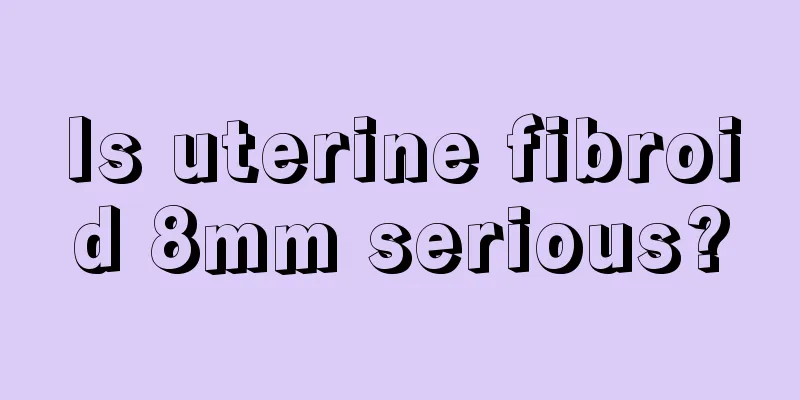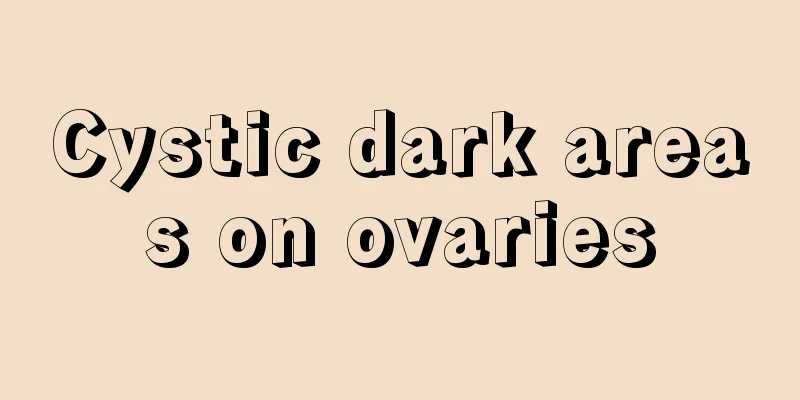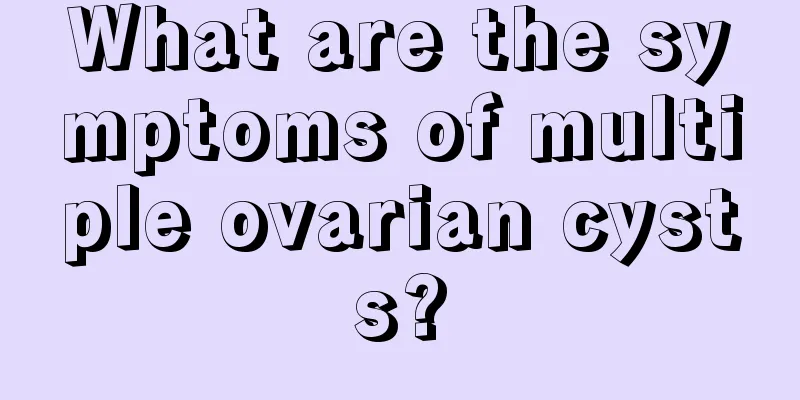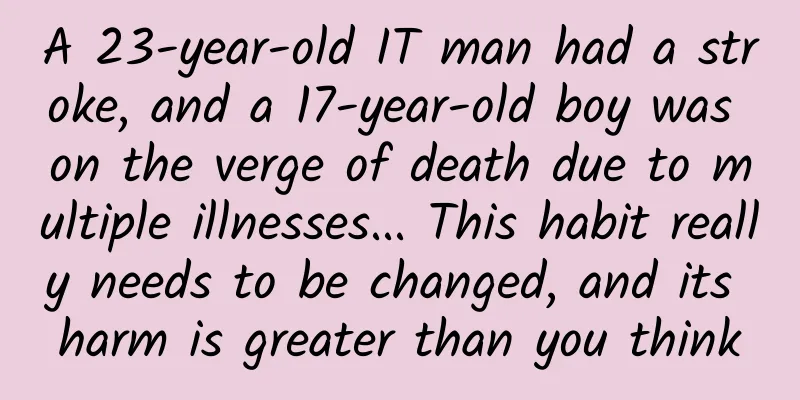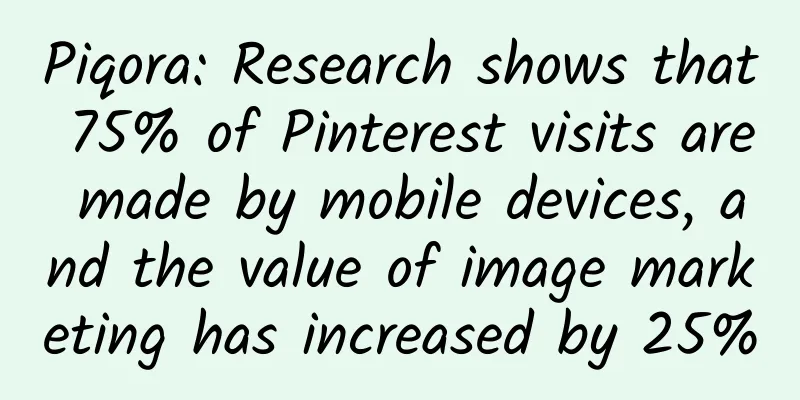If you have these 3 habits when brushing your teeth, it's the same as not brushing at all. Here's a trick that's as effective as washing your teeth.
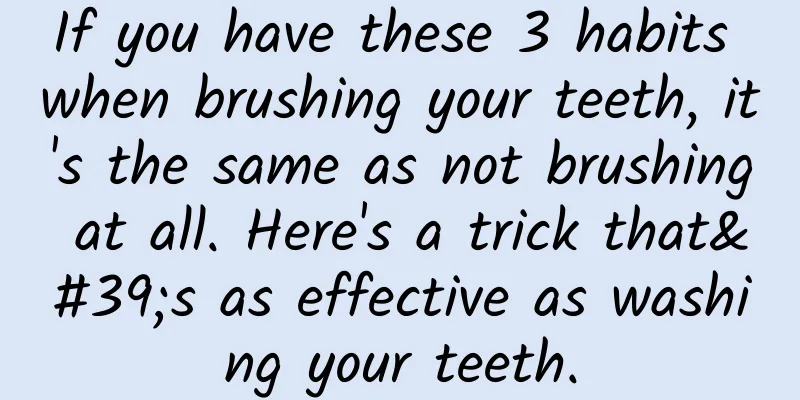
|
Good oral hygiene leads to good health. Oral hygiene is the top priority in preventing all kinds of diseases. But many people brush their teeth very casually. Some brush their teeth for less than a minute, and some friends only brush their teeth when they remember. As the saying goes, toothache is not a disease, but it can be fatal. The consequences of oral problems are not limited to these. Over time, it can also cause diseases such as periodontitis. Many people feel that they brush their teeth diligently every day, but why are their teeth still yellow, dark, and full of cavities? That's because your brushing method is likely wrong, which not only fails to achieve the cleaning effect, but may also cause additional damage to your teeth. 1. The main purpose of brushing teeth: removing dental plaque So what is the most effective way to brush your teeth? Before brushing your teeth, we must first figure out the purpose of brushing teeth. The main purpose of brushing teeth is to remove dental plaque, which is the cause of periodontal disease and tooth decay. Because only dental plaque can form a stable attachment on the surface of teeth, substances such as tartar and dental plaque can only remain on the surface of teeth through dental plaque. Dental plaque is the initiating factor of dental caries and periodontal disease In addition to cleaning all surfaces of teeth, the most important thing we brush when brushing our teeth is the junction between teeth and gums. This place is most likely to hide various bacteria and dirt. If it is not cleaned thoroughly, it is easy to cause gum redness, swelling, bleeding, loose teeth, and even falling off. The principle is actually the same as washing teeth. Brushing your teeth can effectively remove dental plaque and maintain oral health 2. 3 common incorrect ways of brushing teeth First, let’s take a look at 3 common incorrect ways of brushing teeth. You can check which ones apply to you and see if you have fallen into any of these traps. 1. Horizontal pull type As the name suggests, it means brushing your teeth horizontally, in a straight line. Among the incorrect ways of brushing teeth, the most common one is the "horizontal pull" method. To give an example, sawing straight ahead is like sawing a tree. The wood will break after being sawed to the end, and the same goes for teeth. Brushing your teeth horizontally can damage the tooth enamel and irritate the gums. Tooth enamel is very thin, and long-term horizontal brushing can cause severe wear on the tooth neck and form a wedge-shaped defect in the tooth. 2. Vertical brush type Although some friends don’t know how to brush their teeth horizontally, they have unknowingly changed to this vertical brushing style. Although the vertical brushing method avoids wedge-shaped damage to the teeth, it is difficult to clean hidden areas such as the gaps between teeth and gums. These locations are often the most likely to accumulate food debris and bacteria. Over time, it can easily lead to gum inflammation, and in severe cases, it can develop into periodontitis. In addition, frequent vertical brushing can easily hit the gums, leading to oral problems such as gum recession, exposed teeth, and tooth sensitivity. 3. Perfunctory There are also many friends who think that brushing teeth is an unimportant thing. Give yourself a psychological reminder every day: "Just brush your mouth!" As for the length of time, it doesn't matter. Some office workers, in order to save time, just rinse their mouths after brushing out the foam, and the whole process may not even take 30 seconds. How can this be completely clean? If you accidentally fall into the above common incorrect ways of brushing your teeth, then quickly collect the following useful information! 3. Develop a scientific and correct way to brush your teeth. First of all, you can remember the "333" principle of brushing your teeth - That is, brush your hair three times a day, for three minutes each time, and within 30 minutes after a meal. So, what is the correct way to brush your teeth? The most famous and effective toothbrushing method in the world: Bass toothbrushing method! The Bass brushing method is actually very simple and suitable for most people. It can be divided into the following 3 steps: (1) Hold the toothbrush at a 45° angle to the tooth surface, facing the gums Brush the inside and outside of your teeth at a 45-degree angle Place the toothbrush at the junction of teeth and gums, with the bristles at a 45-degree angle to the gums. Apply slight force to allow the bristles to enter the gingival sulcus. First brush the outer sides of the upper and lower teeth (lip and cheek surfaces), then brush the inner sides of the teeth (i.e. the tongue side), so that you can brush the gums and gingival sulcus at the same time. (2) Small horizontal vibration and brushing Horizontal vibration to clean gum dirt Cover 2-3 teeth each time with the toothbrush, move the toothbrush back and forth, vibrate it slightly horizontally about 10 times, lift it upwards and brush lightly, then brush the next group to clean out all the dirt in the gingival sulcus. (3) Brush every side of your teeth, and don’t forget to brush your tongue. Every occlusal surface must be taken into account When brushing your teeth, you should not only brush the outer and inner sides, but also the occlusal surfaces of the teeth. After brushing each surface, don't forget to brush your tongue. The whole brushing process should not be less than 3 minutes. Be gentle, careful and patient. 4. Warm tips for brushing teeth: Studies have shown that it only takes two hours for bacteria to form dental plaque on the surface of teeth. If you don’t brush your teeth, tooth decay will form over time, which will endanger your oral health. In addition to choosing the correct method of brushing teeth, we also need to pay attention to the following aspects: 1. Choose the right toothbrush When choosing a toothbrush, it is advisable to choose a toothbrush with a small head and soft bristles; the small head makes it easier to brush the back teeth in the mouth, and the soft bristles can effectively prevent damage to the gums caused by brushing. 2. Choose the right toothpaste Toothpaste needs to be selected according to personal actual situation. In principle, you should choose toothpaste containing fluoride, and try not to choose toothpaste with rough abrasives. Fluoride is very important for dental health. It not only prevents harmful substances from damaging the tooth surface, but also replenishes minerals in the enamel that are corroded by bacteria. 3. Regularly clean your teeth and see a dentist The internal environment of the oral cavity is complex. Even if we take correct and effective teeth cleaning measures, we cannot guarantee that the bacteria on the teeth will be completely brushed away. Therefore, it is recommended that you go to a professional dental hospital for regular oral examinations, clean your teeth every six months to a year, and develop good medical habits. If you have any questions about teeth cleaning, toothbrush selection, and teeth whitening, you can leave me a message. Good teeth are inseparable from good oral cleaning habits. I hope everyone will take good care of their teeth and protect their teeth. I hope everyone can have good teeth that make everything they eat taste good! |
<<: Is it good to eat donkey-hide gelatin for anemia? Who is suitable to eat donkey-hide gelatin?
Recommend
Normal size of gestational sac at 45 days of pregnancy
In the early stages of pregnancy, the fetus has n...
Why can’t I listen to music and chat at the same time? Is it because I’m stupid?
Audit expert: Yin Tielun Deputy Chief Physician, ...
What is the normal value of TSH during pregnancy?
In order for the baby to be healthy, mothers alwa...
Effects of spicy food on the fetus during early pregnancy
Many places have the custom of eating spicy food,...
The difference between fake and real accessory breasts
True and false accessory breasts are two differen...
When does menopause end?
When it comes to menopause, many women think abou...
What causes severe dysmenorrhea?
Every female will have her first menstruation dur...
Can rodenticide poisoning lead to death? Is there any specific drug treatment?
Author: Qiu Zewu, Chief Physician of the Fifth Me...
What is the cause of the lump of flesh at the vaginal opening?
The vagina is an important reproductive organ for...
What medicine should women take for painful urination
How can women prevent urinary tract infections? W...
Why is my second baby's belly so big?
Now many families are planning to have a second c...
What is the shelf life of sanitary napkins?
Sanitary napkins are something women need to use ...
Can tea oil remove stretch marks?
Tea oil is a traditional Chinese medicine that ha...
Will breast abscess recur?
Breast is the most important organ of women. But ...
